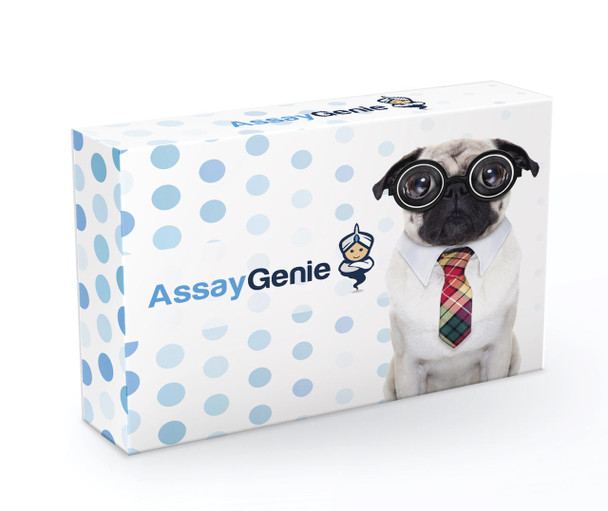Description
Recombinant Human IL-1 alpha Protein (KPRT0582)
| Product SKU | KPRT0582 |
| Product Type | Recombinant Protein |
| Quantity | 5 ug |
| Species | Human |
| Target | IL-1 alpha |
| Alias | IL1A; IL-1A; IL1; IL1-ALPHA; IL1F1 |
| Source | Yeast |
| No. Amino Acids | 158 |
| Protein Sequence | SAPFSFLSNV KYNFMRIIKY EFILNDALNQ SIIRANDQYL TAAALHNLDE AVKFDMGAYK SSKDDAKITV ILRISKTQLY VTAQDEDQPV LLKEMPEIPK TITGSETNLL FFWETHGTKN YFTSVAHPNL FIATKQDYWV CLAGGPPSIT DFQILENQ (158) |
| MW | 18.0 kDa |
| Form | Lyophilized |
| Storage | -20°C |
| Shipping Conditions | Room temperature |







